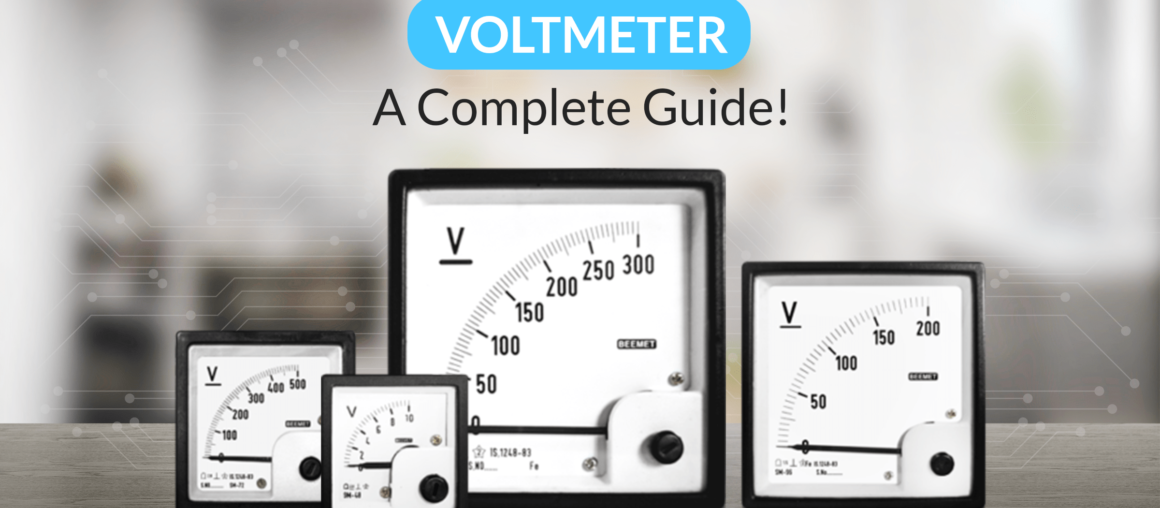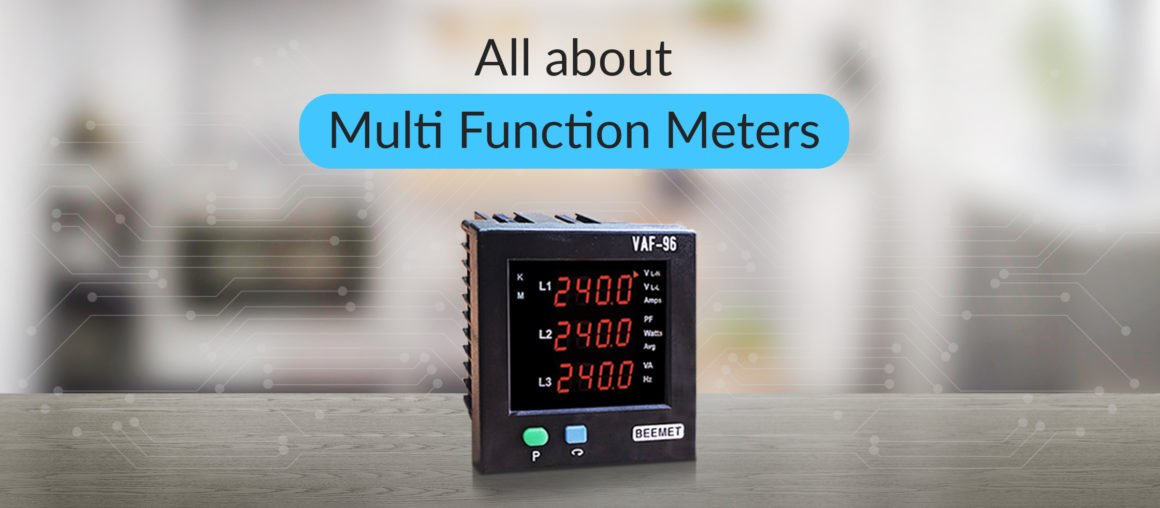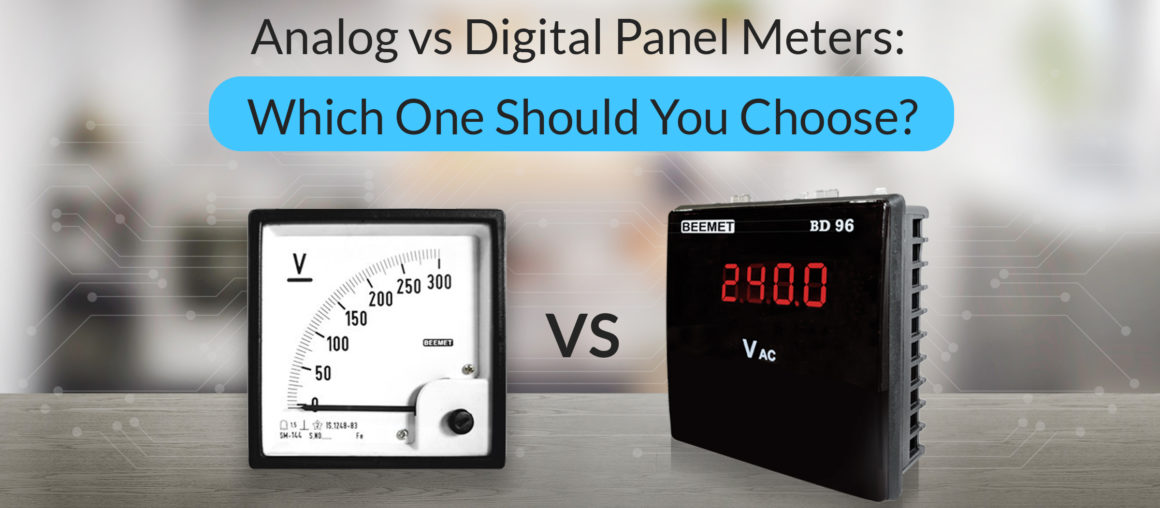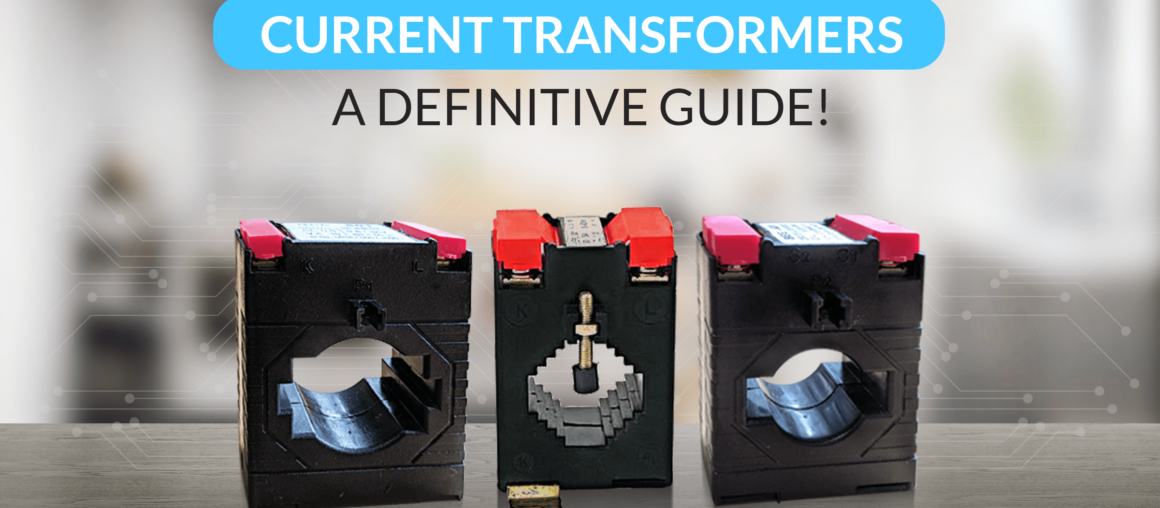What is Current Transformer? A current transformer is a device that helps in measuring alternating current. It converts high primary current to a low, safer level secondary current that is…
Blog

Panel Meters - An Overview
Panel meters are devices that display the input signal in analog or digital format. Panel meters are an integral part of industries that require monitoring or controlling the equipment daily.…

Voltmeter - A Complete Guide!
We are familiar with the fact that a voltmeter is used to measure the potential difference in electrical circuits. But do you know what a voltmeter is? There is a…

All about Multi function meters
In this blog, we will learn about multi-function meters, explaining their purpose, different types, working principles, and the numerous benefits they offer. What are Multifunction Meters? Multi function meters, also…

All about Digital Earth leakage Relay
What is a Digital Earth Leakage Relay?Digital earth leakage relay is a solid safety system that protects by detecting and isolating current leakage to the ground. It is a differential…

Analog vs Digital Panel Meters: Which One Should You Choose?
Gauging accurate readings in an industrial setup depends on choosing the right panel meter. Values such as voltage, current, and frequency are part of any industrial setup. Whether you choose…

